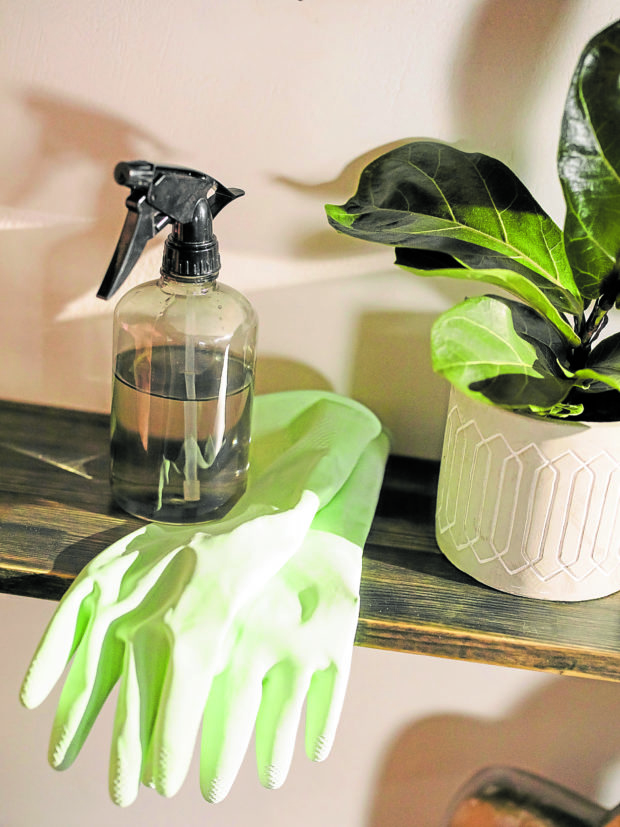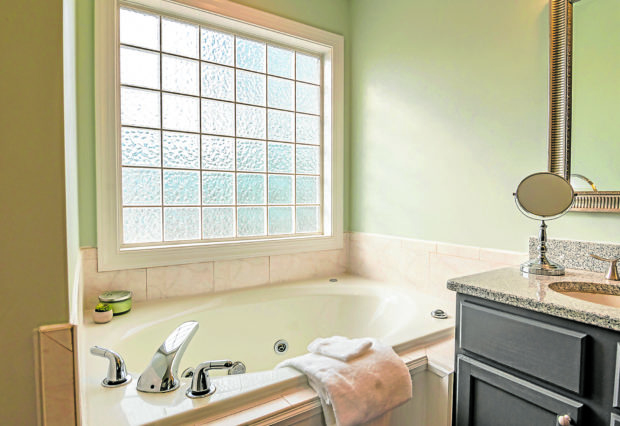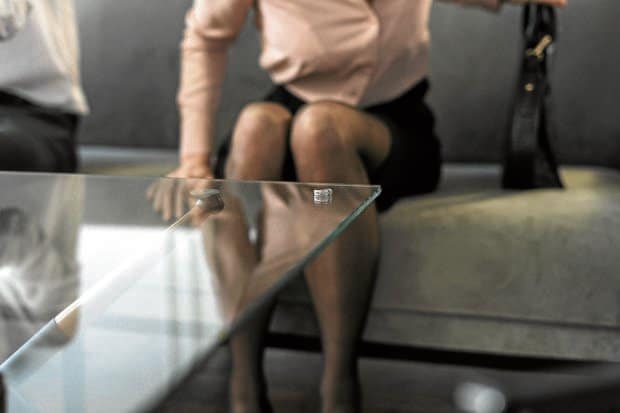Despite the challenges we faced during quarantine, a lot of us were able to finally spend some time with our families. We were able to see more of our children as most of us had to work from home and had to avoid going outdoors.
Unfortunately, this also meant having to compromise our personal spaces with theirs. Through one way or another, our work stations, gym areas and other “grown-up places” now have to co-exist with their sleeping and playing spaces. The challenge lies in keeping our homes safe from the COVID-19 virus while making sure it remains conducive to our and our kids’ needs. This means that our new normal setup not only needs to be hygienic, but it also needs to be child-friendly.
How do we go about child-proofing the COVID-ready home? Here are some tips to get you started.
Hide the chemicals
While most are going gaga nowadays over alcohol and other disinfectants, these cleaning products should still be kept away from children’s reach. Place them on high shelves or cabinets. If this isn’t possible, you could place them instead in drawers or cabinets fitted with child locks. Varying in designs and mechanisms, these safety latches are quite inexpensive and easy to install.

Disinfect “chewable” objects
For some unknown reason, babies seem to think the whole world is edible. Prevent choking by frequently cleaning furniture and other objects that are in danger of being bitten by curious infants. To prevent poisoning, use child-friendly cleaning products. If you’d like to go the DIY route, wipe down surfaces with a mixture of equal parts of water and vinegar. Leave the liquid on toys and other objects for a few minutes, then rinse and air dry. You can also use warm water with soap or baby shampoo.
Clean up fabrics
It’s a good idea to wash and disinfect fabrics, too, especially if you have pets in the house. Regularly wash cushion covers, bed linens and throw blankets. Separate your kid’s clothes from your own as these items require gentler detergents. It’s best to dry these items in the sun to kill off bacteria and other pathogens.
Keep kids away from water

Water and children don’t mix. Wet surfaces can cause slips or can harbor bacteria. Open pails and bathtubs put children in danger of drowning. Even hot water taps can scald curious hands if left unsupervised for a moment. To prevent these, keep your bathroom doors closed as often as possible. Wipe spills immediately and provide lids on open pails. When not in use, set your water heater unit to zero. Keep children away from areas that collect still water, which might serve as breeding ground for mosquitoes and other disease-carrying insects.
Encase electrical outlets
If you’re active on social media these past few months, you’ve probably seen nightmare stories of children getting electrocuted over electrical outlets. To prevent these accidents, get socket covers. These cheap plastic plugs fit easily into standard outlets and extension cord units. There are even plastic covers available for electric fans if your toddlers just happen to be enthralled with rotating blades. Of course, if your kids are old enough to remove plugs and covers, you can upgrade protection by installing box covers instead. These protectors not only keep children at bay, but they also shield your outlets from dusts and insects.
Separate kids from exercise equipment
Many of us probably use exercise equipment at home because the quarantine prevented us from going to the gyms or parks. Unfortunately, the presence of weights, treadmills, and even stationary bikes poses danger to children. These equipment can cause serious injuries and even death to little kids playing with them. It’s best to place these items in a separate room or storage space inaccessible to your little ones. Unplug these units when not in use and opt for equipment that require safety keys to keep your children from playing with them.

Assess your furniture
Take a look at your existing items at home. Those that present risks of accidents should be stored away. These could include low glass tables, heavy bookshelves, and fragile décor. For items that you still need and use, baby-proof them by covering sharp corners and providing surface protectors. Secure large items to walls (yes, even the Christmas tree!) to prevent them from falling on crawling babies and mischief-minded toddlers. If you can’t baby-proof your whole house, setup a “safe” zone instead by putting up a secure baby fence with soft mat flooring.
Protecting kids from diseases, accidents
You can’t totally protect your kids from the dangers of the world, but you can certainly lessen them. As recommended by the Children’s Hospital in Colorado, use your parental instincts to determine which items can be to your children. Put yourself in your child’s shoes for a moment and try to identify which items or places at home are accessible via crawling or walking low.
While you certainly don’t have to buy all the childproofing gears available on the market, some of these can help immensely in protecting your home. These can prove to be good investments especially when they help your kids explore without much worry on your part.
Most importantly, remember to spend time with your children as much as possible. A grown-up’s watchful eye can certainly prevent many accidents, and it doesn’t hurt that you get to enjoy some bonding time with your kids in the process.
If you like this article, share it to social media by clicking any of the icons below.
Or in case you haven’t subscribed yet to our newsletter, please click SUBSCRIBE so you won’t miss the daily real estate news updates delivered right to your Inbox.
Article was originally published in Inquirer and written by Ar. Vittoria Mawis-Aliston.







More Stories
Weekend wanderer: This walk in Manila is a trip to art and to our past
Enjoy no-frills camping in the great outdoors in Tanay
Landco Pacific raises the bar for premium resort and leisure living